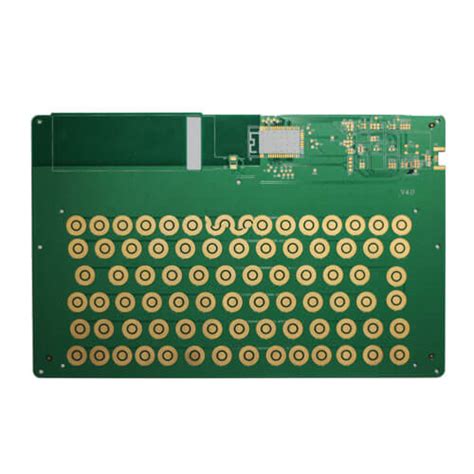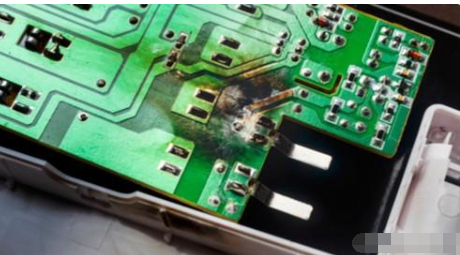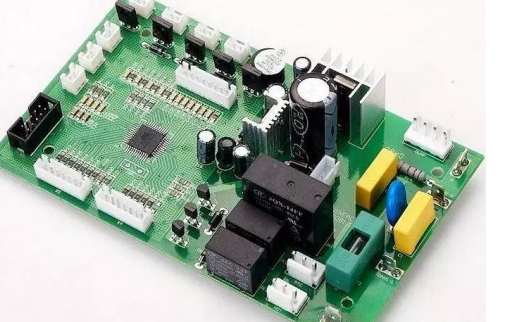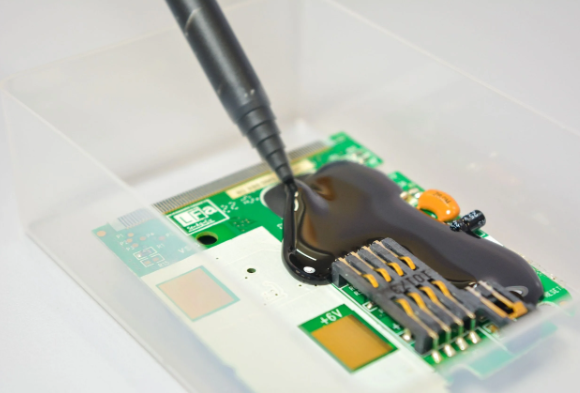PCB Quality Control: Ensuring Reliability and Performance in Electronics Manufacturing
Introduction
Printed Circuit Boards (PCBs) are the backbone of modern electronics, serving as the foundation for nearly all electronic devices, from smartphones to industrial machinery. The reliability and performance of these devices heavily depend on the quality of the PCBs. As such, PCB quality control (QC) is a critical aspect of electronics manufacturing, ensuring that each board meets stringent industry standards and functions as intended.
This article explores the key aspects of PCB quality control, including inspection methods, testing techniques, common defects, and industry standards. By implementing robust QC processes, manufacturers can minimize defects, reduce costs, and enhance product reliability.
1. Importance of PCB Quality Control
Quality control in PCB manufacturing is essential for several reasons:
- Reliability: Defective PCBs can lead to system failures, affecting product performance and safety.
- Cost Efficiency: Detecting defects early reduces rework and scrap costs.
- Compliance: Meeting industry standards (e.g., IPC, ISO) ensures market acceptance.
- Customer Satisfaction: High-quality PCBs enhance product longevity and brand reputation.
Without proper QC, issues such as short circuits, open connections, or poor solder joints can lead to catastrophic failures in critical applications like medical devices, aerospace systems, and automotive electronics.
2. Key PCB Quality Control Processes
To ensure high-quality PCB production, manufacturers implement multiple QC processes at different stages of manufacturing.
2.1. Design Verification (Pre-Production QC)
Before fabrication, the PCB design must be thoroughly reviewed to avoid manufacturability issues. Key checks include:
- Design for Manufacturability (DFM) Analysis: Ensures the design adheres to manufacturing capabilities.
- Design Rule Check (DRC): Validates trace widths, spacing, and via placements.
- Signal Integrity Analysis: Ensures proper impedance control and minimizes electromagnetic interference (EMI).
2.2. In-Process Quality Control
During PCB fabrication and assembly, multiple inspections are conducted:
A. Raw Material Inspection
- Substrate Quality: Checks for delamination, thickness consistency, and dielectric properties.
- Copper Foil Integrity: Ensures proper thickness and adhesion.
- Solder Mask & Silkscreen: Verifies alignment and durability.
B. Automated Optical Inspection (AOI)
AOI systems use high-resolution cameras to detect:
- Solder defects (bridging, insufficient solder)
- Component misalignment
- Missing or wrong components
C. X-Ray Inspection (AXI)
Used for inspecting:
- Hidden solder joints (e.g., under BGA components)
- Voiding in solder balls
- Layer alignment in multilayer PCBs
D. Electrical Testing
- Flying Probe Test: Checks for open/short circuits in low-volume production.
- In-Circuit Test (ICT): Validates component functionality and connectivity.
- Functional Test (FCT): Simulates real-world operation to verify performance.
2.3. Post-Production Quality Control
After assembly, final inspections include:
- Visual Inspection: Manual checks for obvious defects.
- Environmental Stress Testing: Thermal cycling, humidity testing, and vibration tests to ensure durability.
- Burn-In Testing: Powers the PCB for extended periods to detect early failures.

3. Common PCB Defects and Their Causes
Despite rigorous QC, some defects may still occur. Understanding these helps in preventive measures.
| Defect Type | Possible Causes |
|---|---|
| Solder Bridging | Excessive solder paste, misaligned stencil |
| Open Circuits | Broken traces, poor plating |
| Component Misalignment | Pick-and-place machine errors |
| Delamination | Poor lamination process, moisture absorption |
| Electrochemical Migration | Contamination, improper cleaning |
| Via Cracking | Thermal stress, mechanical strain |
4. Industry Standards for PCB Quality Control
Several international standards govern PCB manufacturing to ensure consistency and reliability:
- IPC-A-600: Defines acceptability criteria for PCBs.
- IPC-6012: Specifies performance requirements for rigid PCBs.
- ISO 9001: Ensures quality management system compliance.
- UL Certification: Validates safety for consumer electronics.
Compliance with these standards ensures that PCBs meet global quality benchmarks.
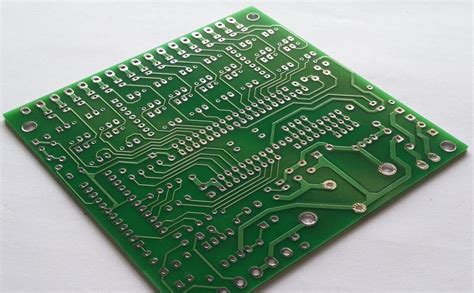
5. Advanced QC Technologies in PCB Manufacturing
Emerging technologies are enhancing PCB quality control:
- Artificial Intelligence (AI) in AOI: Improves defect detection accuracy.
- 3D Metrology: Measures solder joint height and component placement precision.
- IoT-Based Monitoring: Real-time tracking of production line QC metrics.
These innovations reduce human error and increase inspection speed.
6. Best Practices for Effective PCB Quality Control
To maintain high PCB quality, manufacturers should:
✔ Implement Multi-Stage Inspections (from design to final testing).
✔ Use Automated Testing Equipment (AOI, AXI, flying probe).
✔ Train Personnel on defect recognition and IPC standards.
✔ Maintain Cleanroom Conditions to prevent contamination.
✔ Collaborate with Reliable Suppliers for high-quality raw materials.
Conclusion
PCB quality control is a vital process that ensures the reliability, functionality, and longevity of electronic products. By integrating advanced inspection techniques, adhering to industry standards, and continuously improving QC processes, manufacturers can minimize defects and deliver high-performance PCBs.
As electronics become more complex, the role of QC will only grow in importance, making it a cornerstone of successful PCB manufacturing. Investing in robust quality control today leads to fewer failures, lower costs, and greater customer satisfaction tomorrow.

